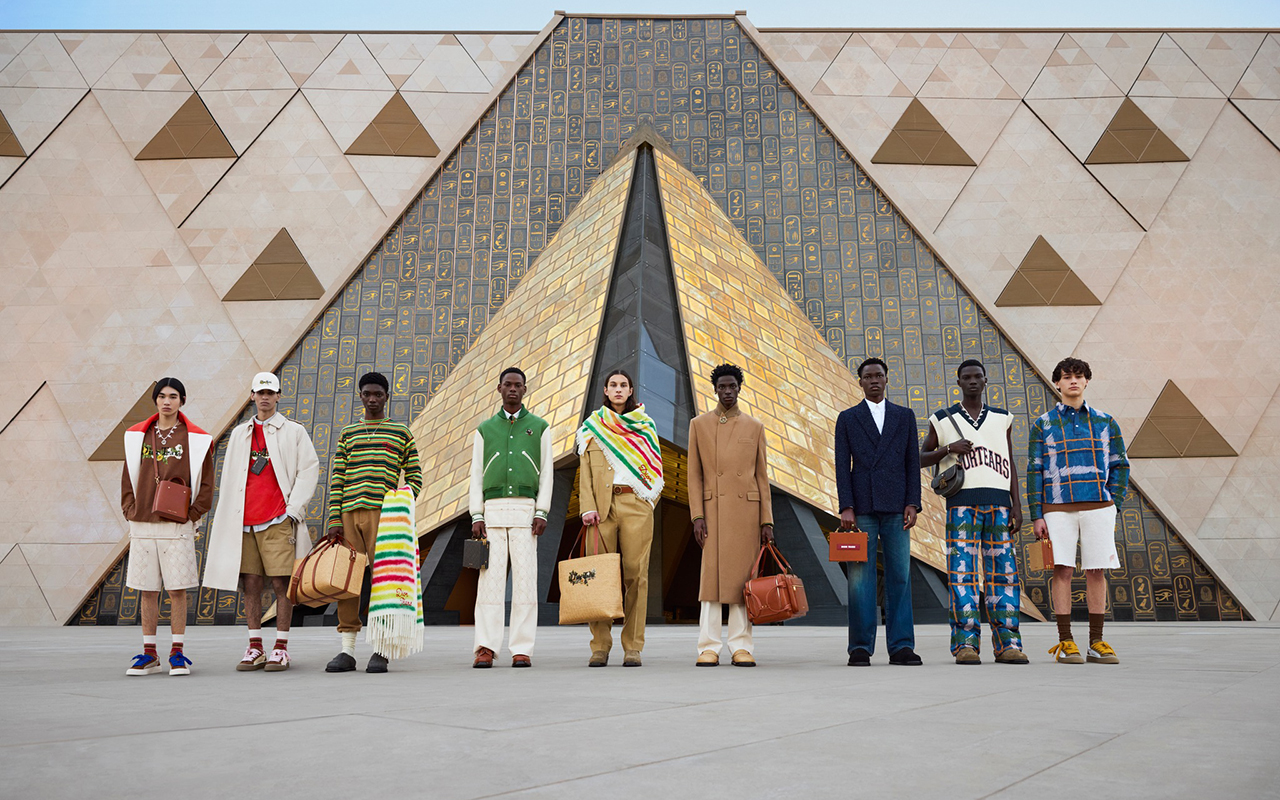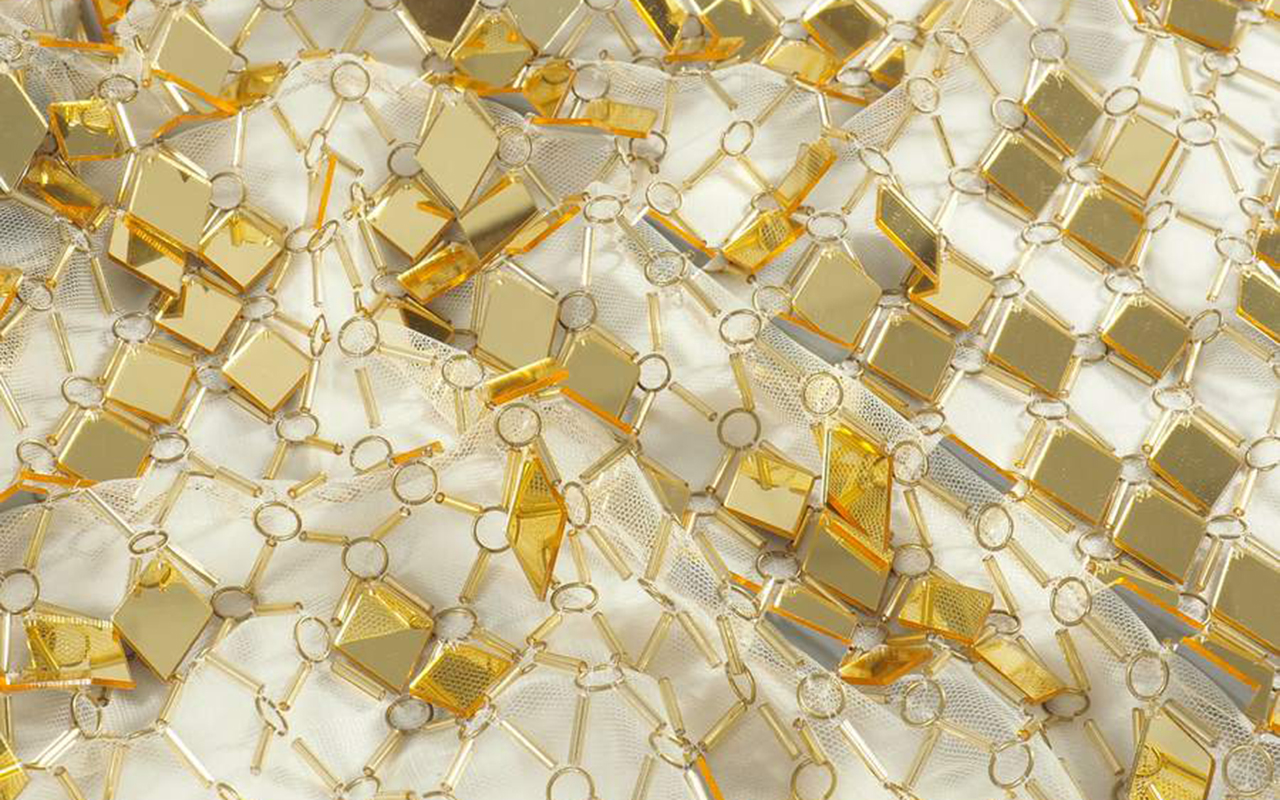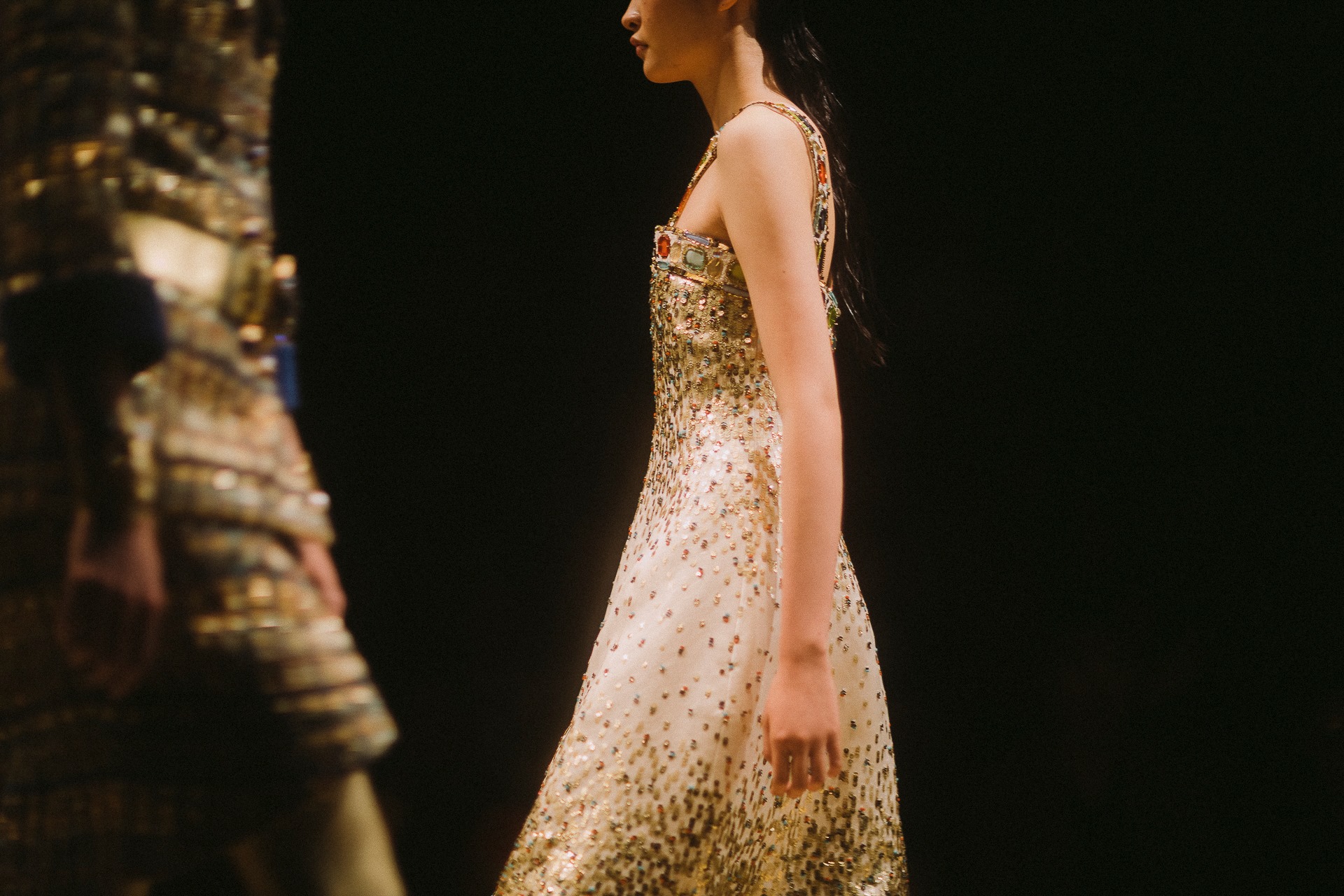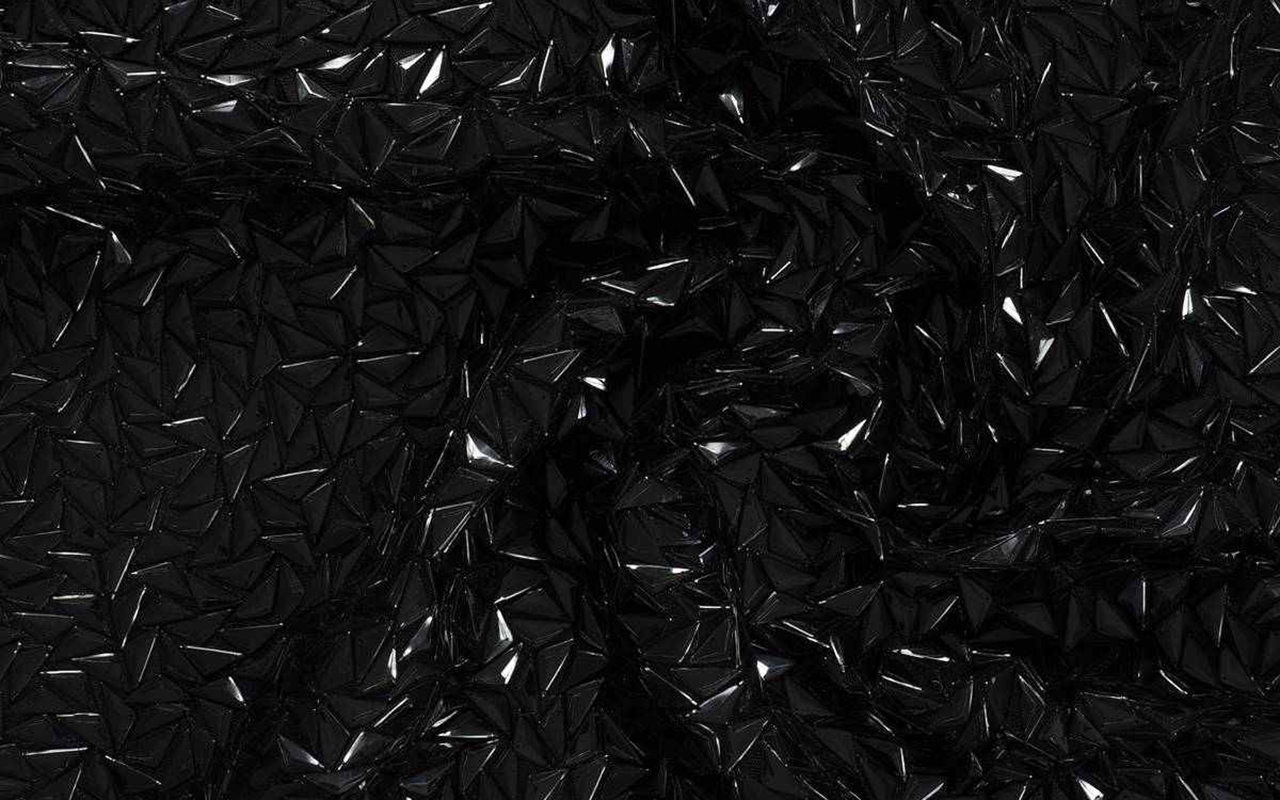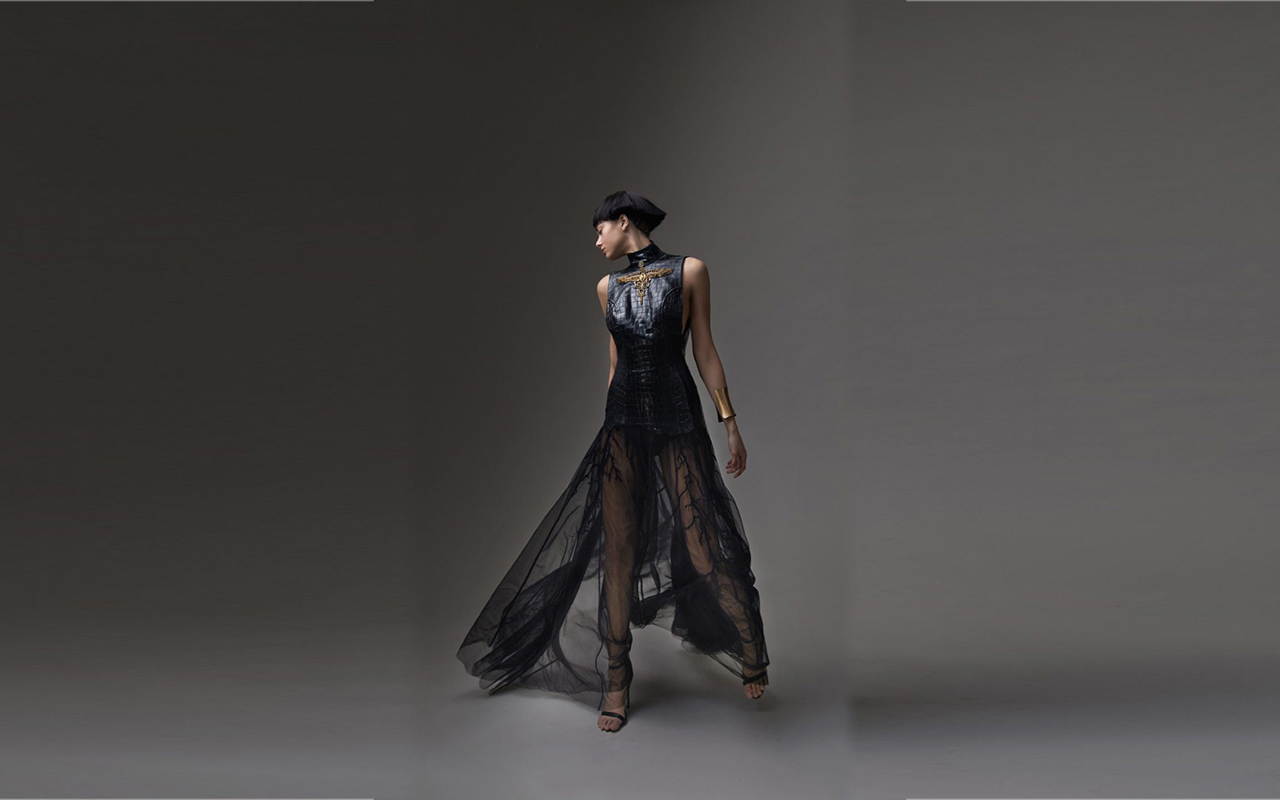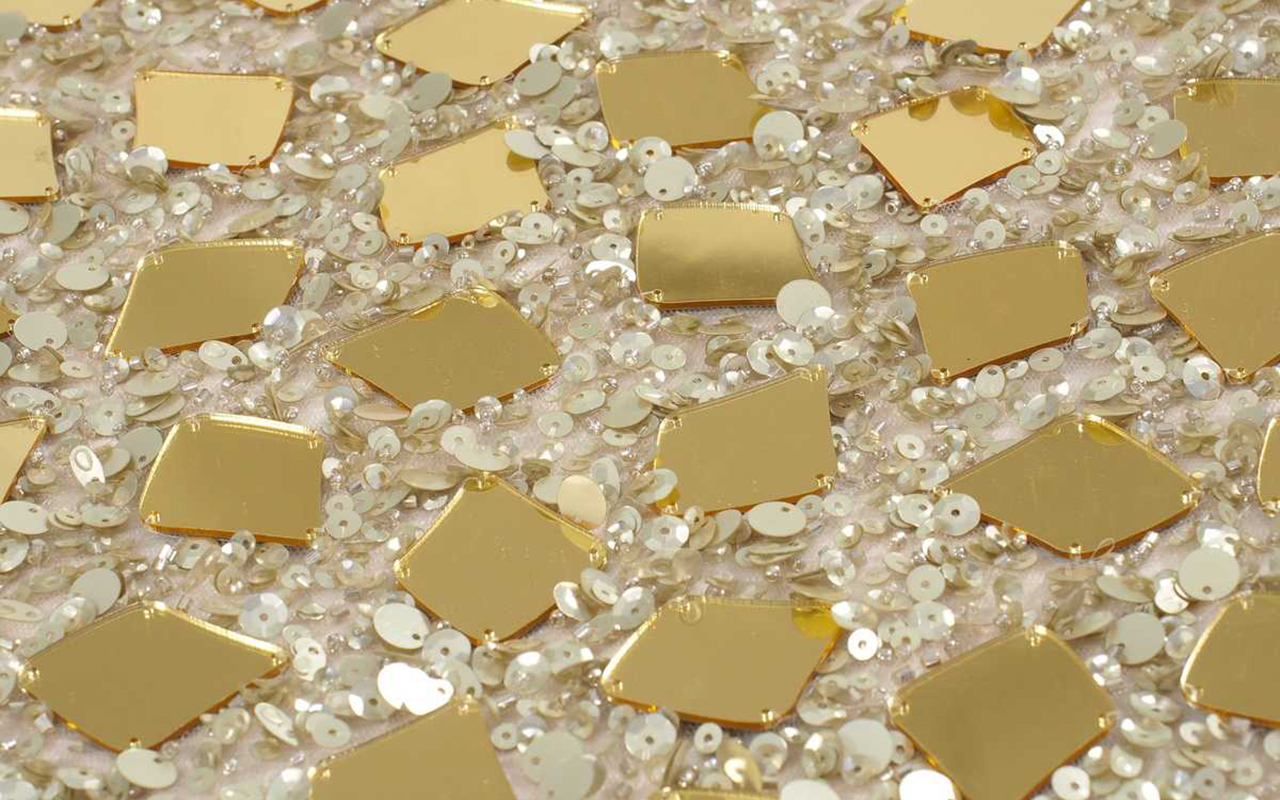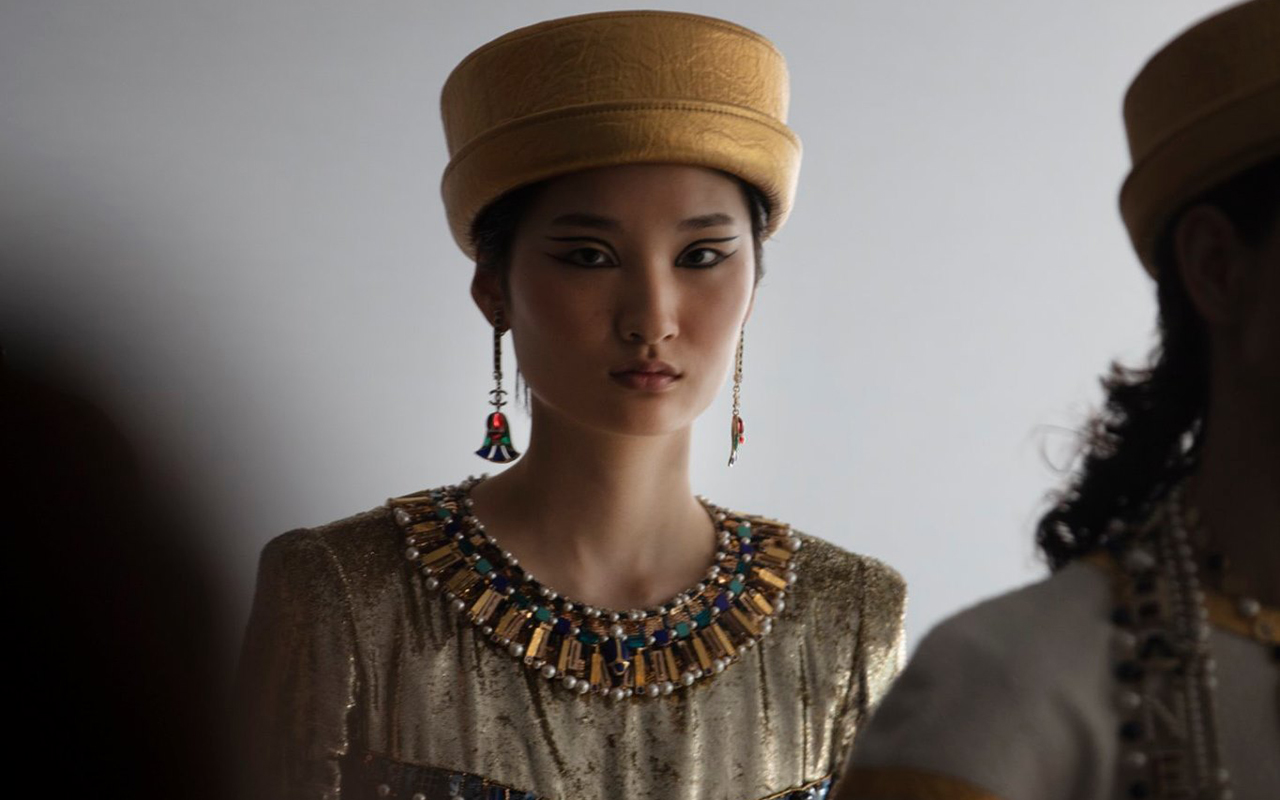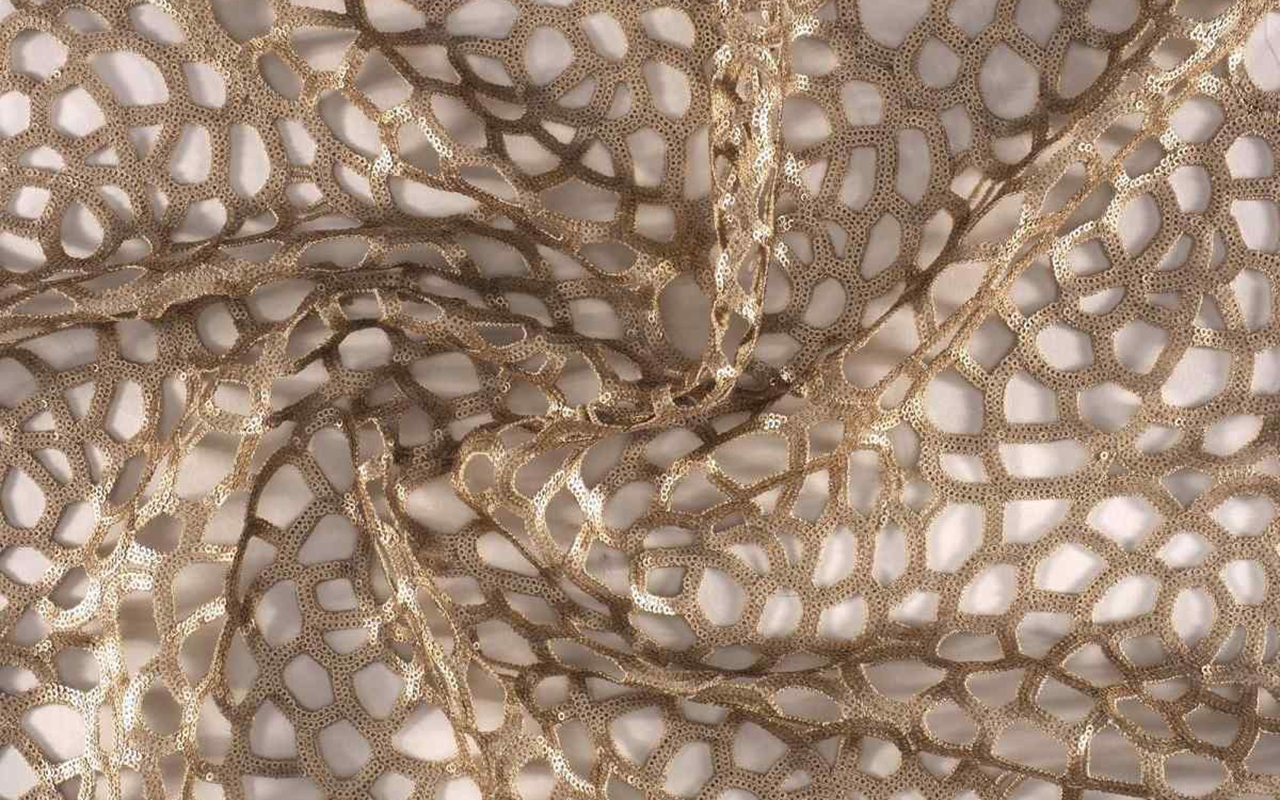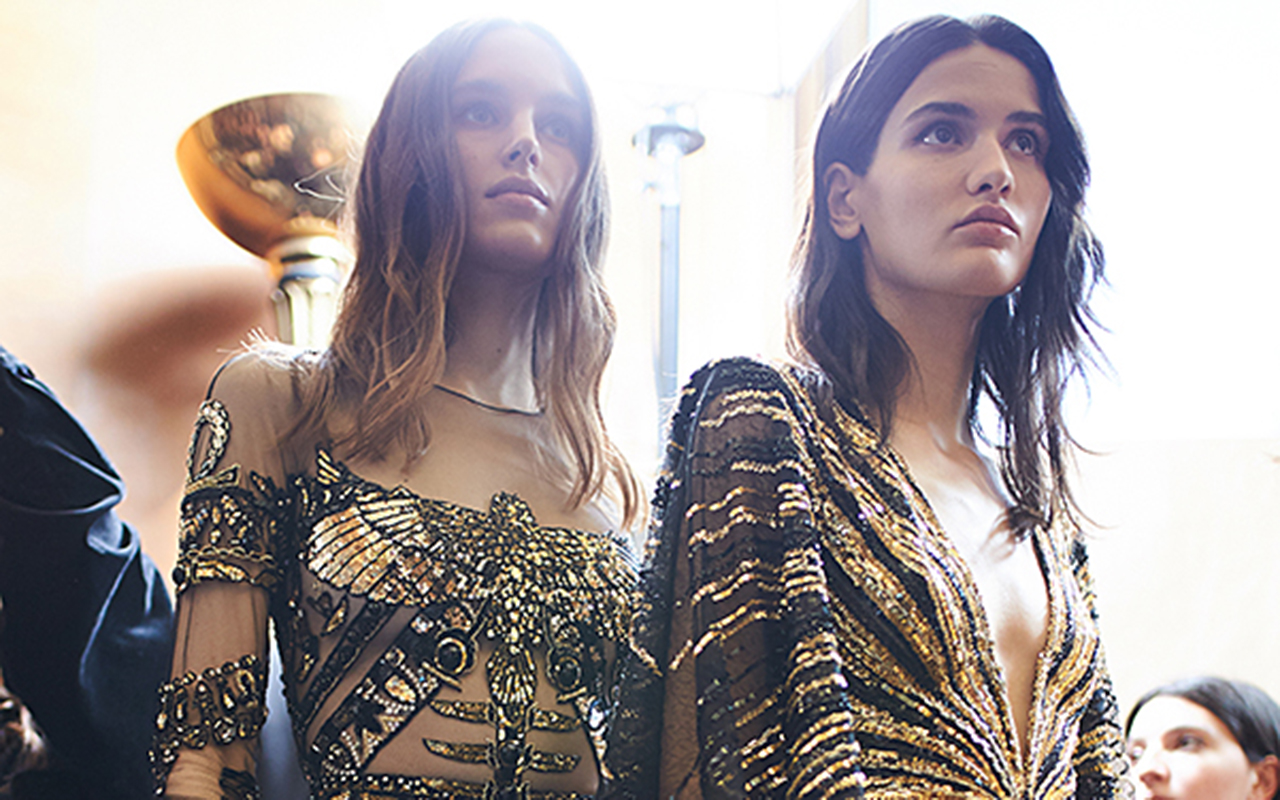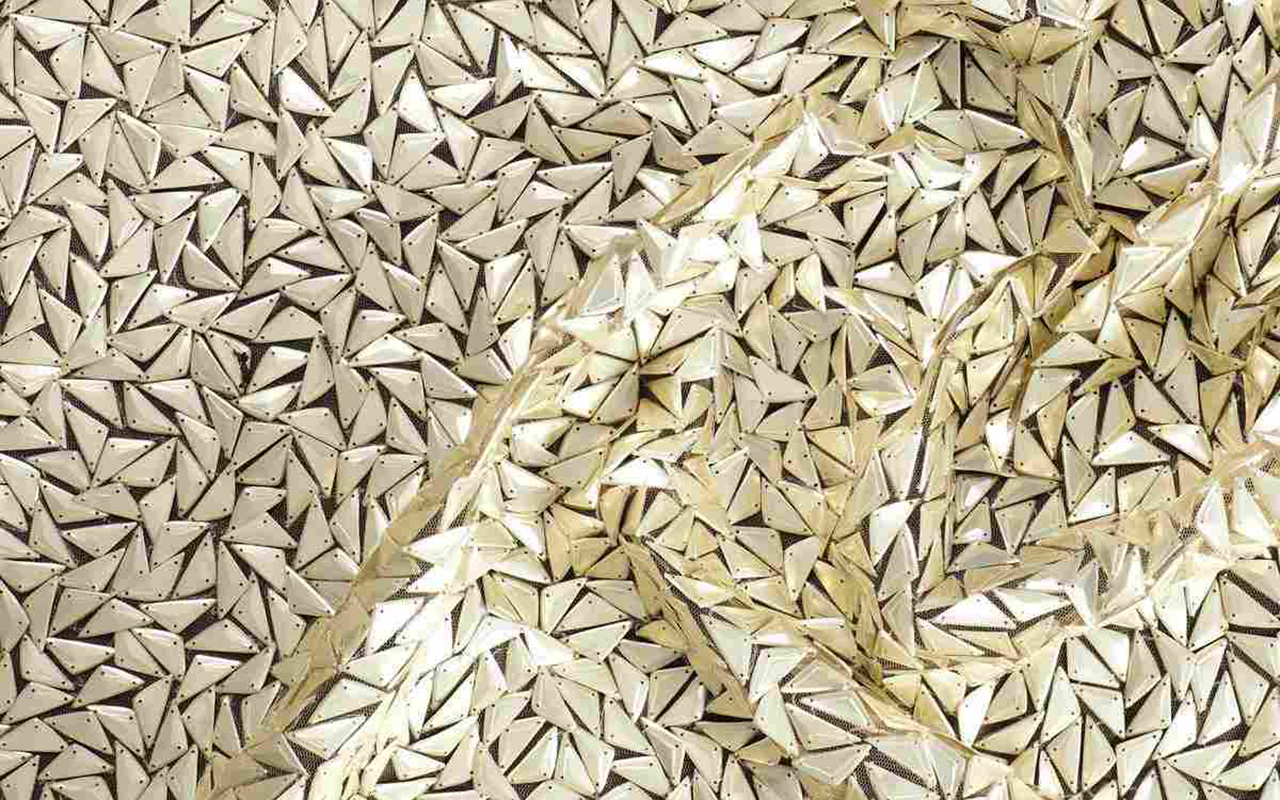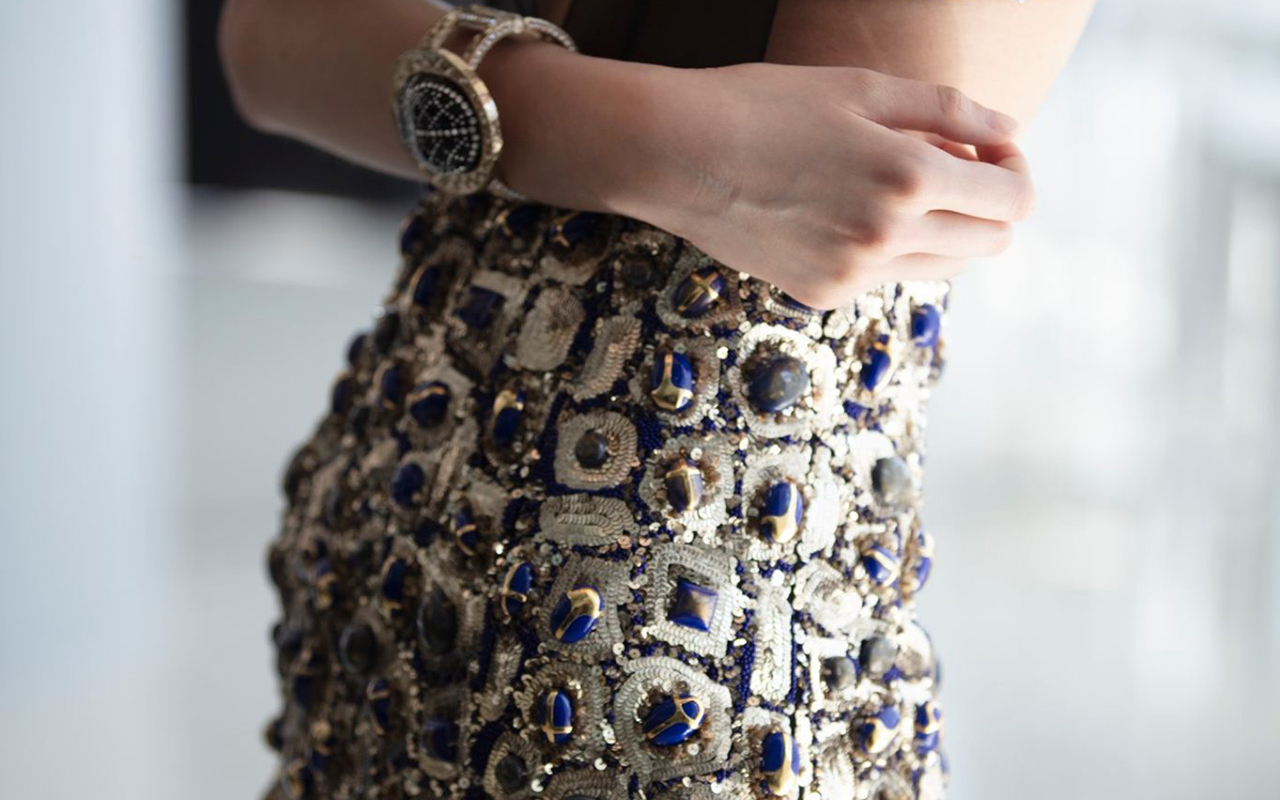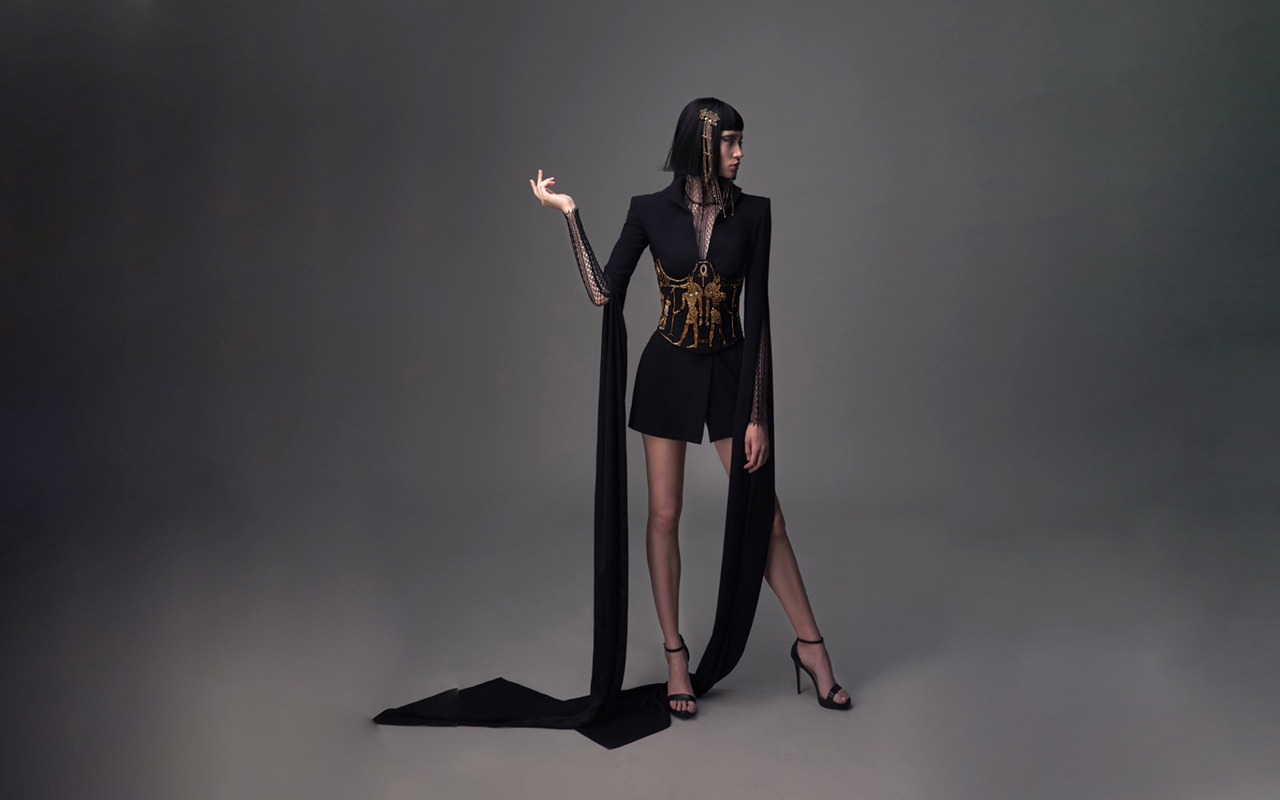
Egypt is once again in the spotlight of fashion. The celebration of the 100th anniversary of the discovery of the tomb of Tutankhamen and the awaited opening of the Grand Egyptian Museum scheduled for 2023, which hides the greatest treasures of the pharaohs in front of the pyramids of Giza, have positioned it as a desired destination that seduces by its thousand-year-old patrimonial legacy, its latest cultural offerings and some proposals for authentic luxury accommodation that revalue it on the international map.
The awakening of an icon
The enigmas of Ancient Egypt continue to fascinate the population and its power of attraction could not go unnoticed in the world of fashion. Connecting with the present, November 2022 marked the centenary of the discovery of the tomb of the young pharaoh in the Valley of the Kings. After a surprising discovery of a tomb with intact seals, Tutankhamen woke up from a slumber of more than 3,000 years and revealed unimaginable riches that helped to further understand the majesty of the reign of the pharaohs.
This discovery in 1922 came at a very opportune moment in history, after the First World War at a time of economic boom, and it quickly became a real sensation for several reasons. To begin with, it was a well-preserved royal mummy, which by its size was that of a child who had ascended the throne at a very young age. Unimaginable treasures were found next to the grave, such as the golden coffin and the famous funerary mask of Tutankhamen, which represents ancient Egypt like no other symbol in the popular imagination. A world icon oblivious to the passage of time.
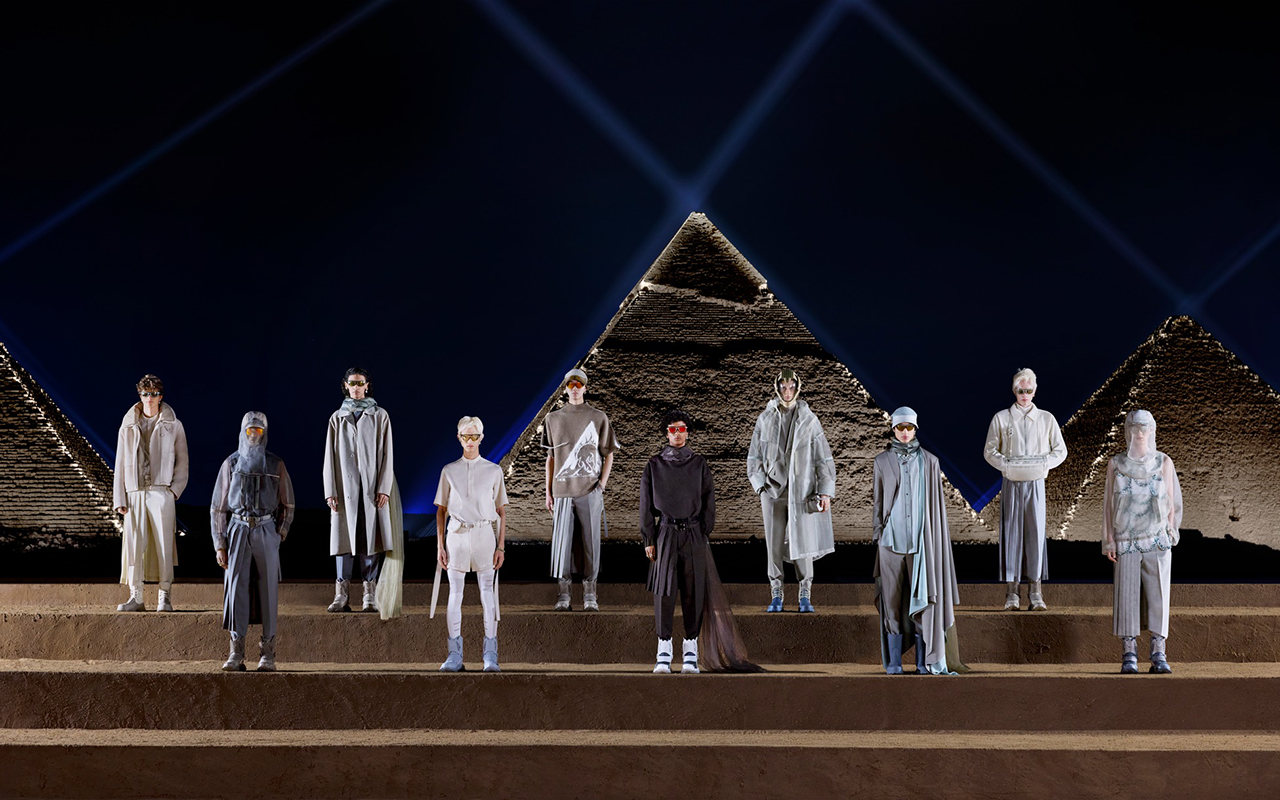
The influence on the fashion of the 20s
Tutankhamen marked style leaving his mark on the fashion of the Roaring 20s. One of the treasures found in the tomb was the most complete and best preserved collection of clothing that has survived from Ancient Egypt. It included tunics, skirts, hats, children’s gloves and sandals in paper, rattan and leather. Anecdotally, these last two accessories were made contemporary replicas in the United States that sold out in department stores within a few weeks of being reproduced. Egyptian-inspired designs were also all the rage at the time, copying fitted silhouettes, straight and narrow dresses or the characteristic draping that hugged the hips and fell in the front. Before the discovery, the Egyptian style was an intermittent trend, like others that were rescued from the end of the 19th century such as Oriental inspiration or Edwardian fashion during the first decade of the 20th century. Garments and accessories with related motifs such as lotus flowers, hieroglyphics or pharaohs had already been used on their carriages on occasions, but they were not as direct or explicit inspirations as those that emerged from the designs from Tutankhamun’s tomb.
Other aspects that influenced the fashion of the 20s was the colour palette associated with the treasures of the young pharaoh. The red and brown tones of the papyri and mummies, the blue lapis lazuli in Egyptian divinities that contrasted with the powerful gold as a symbol of light or the white of the clothing. Also the fabrics: natural linens and cottons with little opacity in draped silhouettes that contrasted with the ornamental elements. In fact, the jewelry industry surrendered at the feet of Tutankhamen reproducing multiple bracelets, rings and necklaces worked in crystals and semi-precious stones. There was also no lack of ornamental elements that made reference to Ancient Egypt such as birds, beetles or the solar disk that represented the divinity Ra. The geometric motifs and the tendency to wear two or more bracelets on the same arm also arose from seeing the treasures of the child pharaoh exposed. The pioneers in this type of design were Lacloche, Van Cleef & Arpels and Cartier.
The Western world was already fascinated by Egypt long before the discovery of Tutankhamen’s tomb: Verdi’s opera ‘Aida’, Tiffany’s Cleopatra-inspired jewellry or the costumes of the dancer Mata Hari, who found her inspiration on a trip made o the country of the pyramids, are two good examples of this attraction.
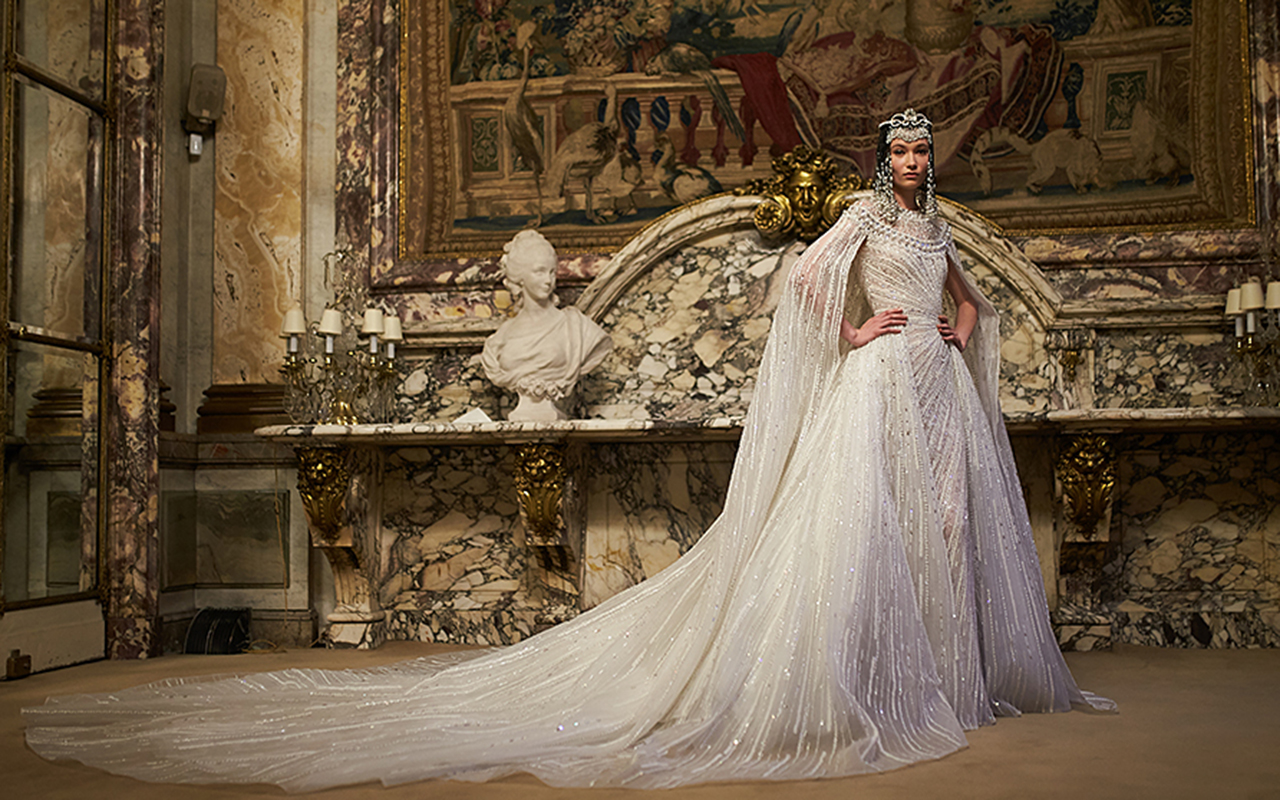
A new rise
The fever for Ancient Egypt has not ceased in fashion and its presence has been intermittent over the last 50 years. For example, in the 1960s, Egypt mania returned to fashion with Elizabeth Taylor’s portrayal of the powerful Cleopatra. Her beauty, makeup and wardrobe were (and still are) an inspiration for many fashion designers and editorials. Or in the 1970s, a new traveling exhibition of Tutankhamen’s treasures received eight million viewers who were once again interested in the enigmas of Egypt. Various marketing objects were also exploited in the United States: jewelry, household products or small fashion accessories.
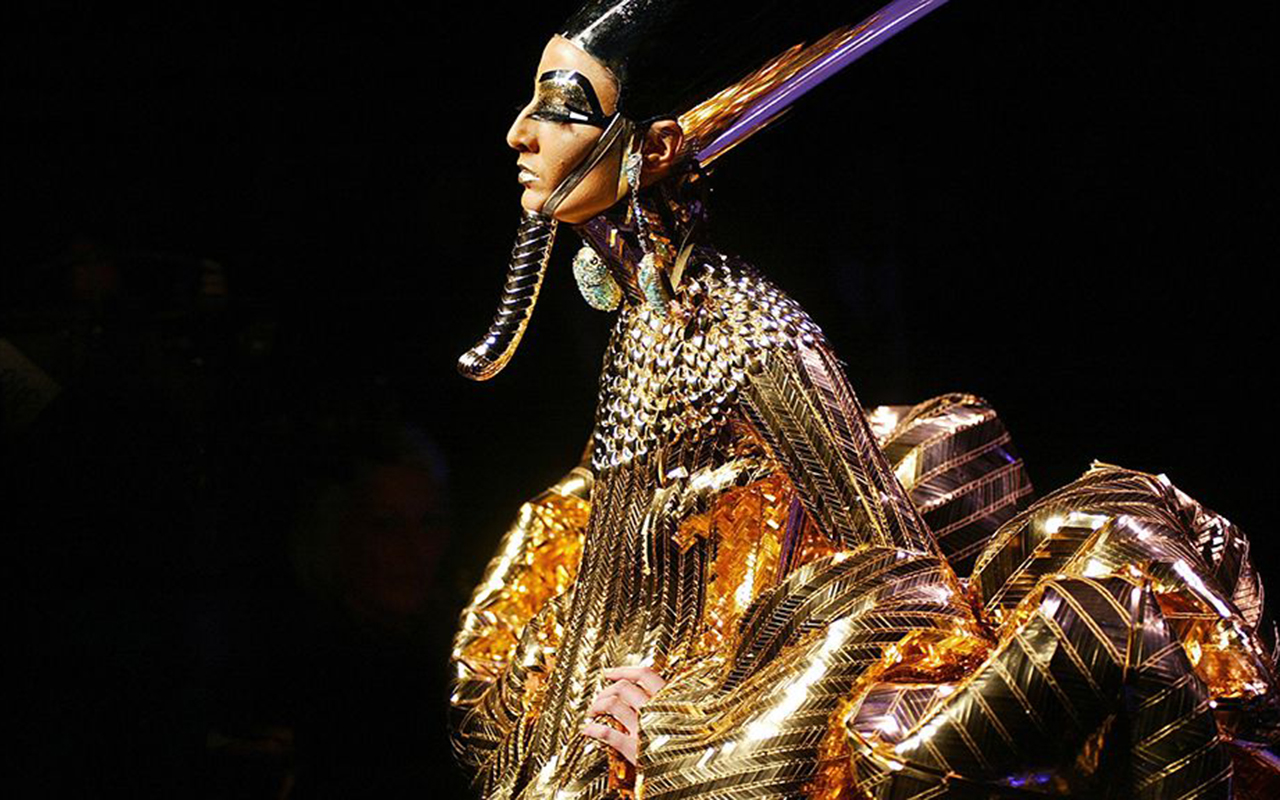
Ancient Egypt on the catwalk
The historic civilization has also fascinated the designers of luxury firms who have found in its iconography a constant source of inspiration. From John Galliano in 1997 with a mixture of Egypt with punk aesthetics to the elegance of Karl Lagerfeld for Chanel in 2019, the catwalks have celebrated the splendor of Ancient Egypt with models that rescue the beauty of the female figure and the lavishness of the empire of the pharaohs. Golden fabrics, inlaid precious stones, flowing dresses, muslins, tunics, ethereal capes, embroidered hieroglyphics… each firm has interpreted this suggestive universe over the last few years.
Among all the tributes that have been paid, the one paid by John Galliano when he was in charge of the artistic direction of Dior stands out. The haute couture collection for the spring of 2004 was presented in a show as grand as few can remember. On the catwalk there was no shortage of the most symbolic gods of the Egyptian pantheon, the Tutankhamen mask, the silhouette of the sphinx, fabrics that wrap around the body like a mummy and models inspired by Cleopatra herself. In this unusual collection there was no shortage of excessive volumes , dresses with exaggerated proportions, skirts with a pyramid silhouette, the golden colour, endless organzas and extreme attention to detail that earned it the title of Haute Couture. He also did his own interpretation of this fascinating Alexander McQueen universe in 2007 that focused more on investigating the relationship of Ancient Egyptian religion with the folk culture of British immigrants. In a more moderate way, the designers Bagley Mischka and Zuhair Murad have also been inspired. Also Givenchy in 2016, Balmain and Chanel. Karl Lagerfeld chose the temple of Dendur as the setting to create his own version of Egypt in the pre-fall 2019 collection.
The last proposal that has been exhibited with clear references to Egyptian culture has been just a month ago. Kim Jones , artistic director of Dior Men, traveled to the Giza pyramids on site to present the autumn collection, evoking the colours of the monuments and looking up at the sky to link it with the stars, a common symbol in the historical French firm. A splendid proposal that represents the past, the present and the future of Dior.
